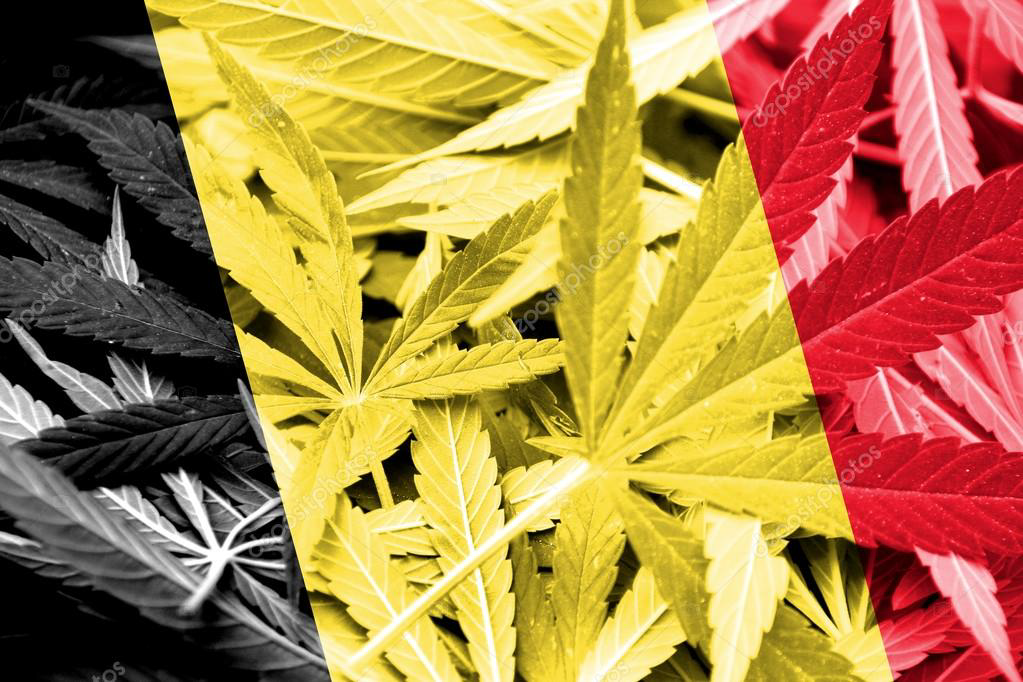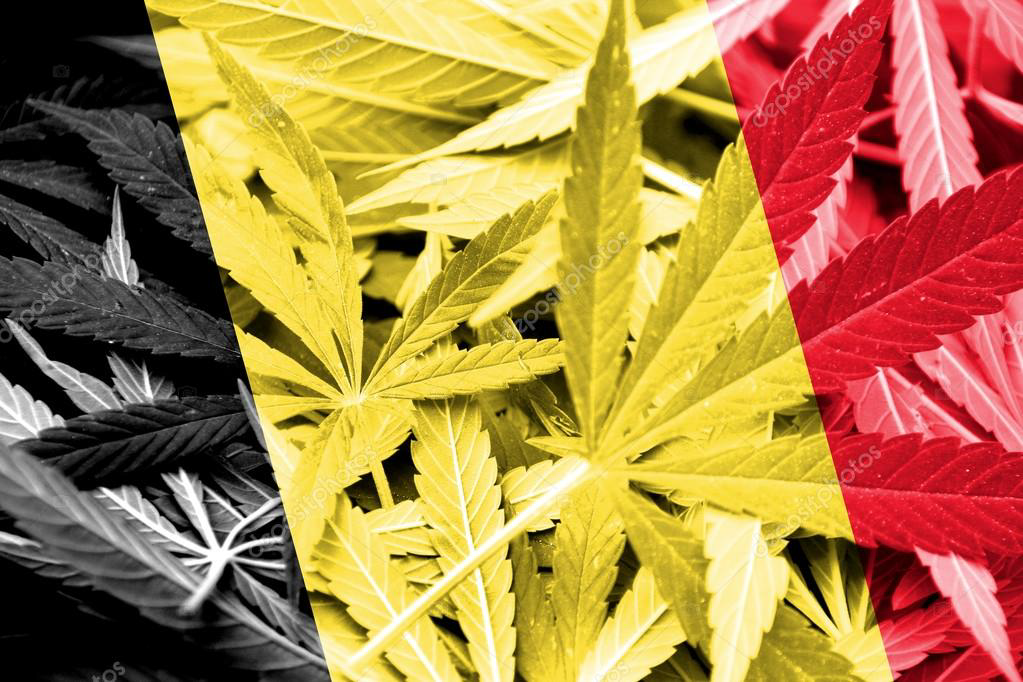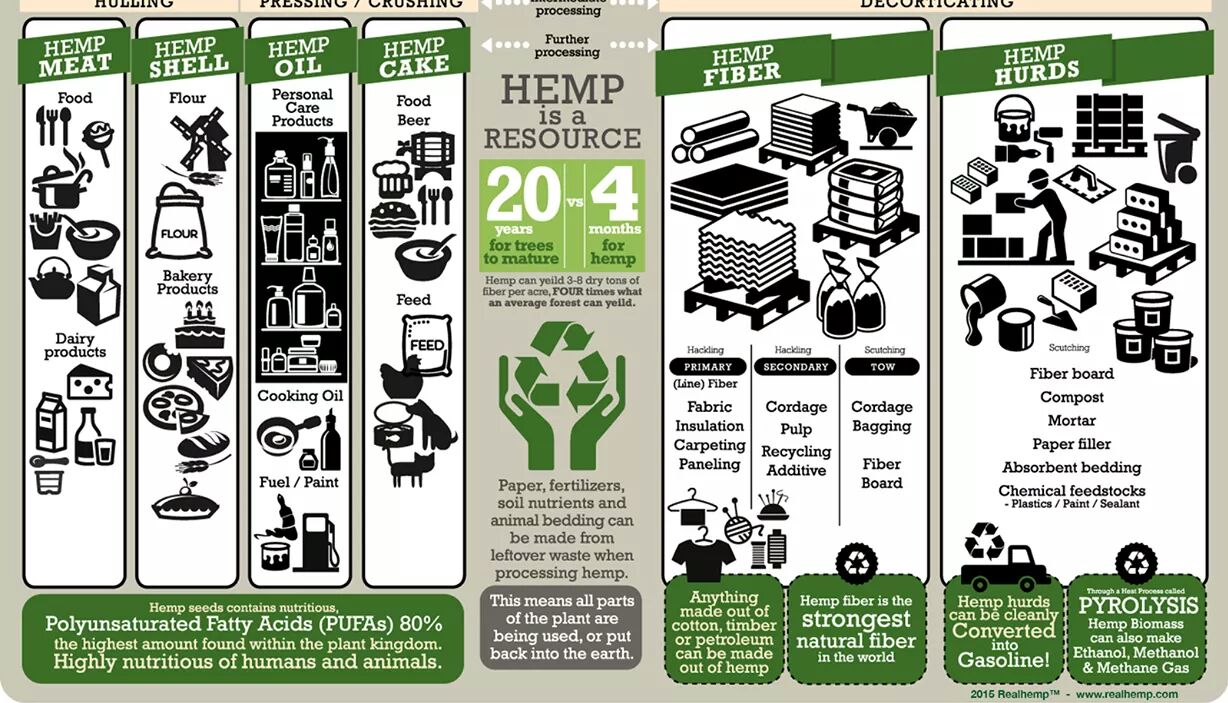
Hemp is taking the world by storm! From food to clothing, paper to building materials, this versatile plant has a wide range of uses that are sustainable, eco-friendly, and cost-effective. If you’re interested in learning more about hemp and becoming a part of the hemp revolution, then look no further than Hemp Nation One. This vibrant community is your gateway to a thriving network of hemp enthusiasts, innovators, and advocates who are passionate about raising awareness and promoting the benefits of this incredible plant. Join us today and be part of the hemp nation!
Be Part of the Hemp Revolution!
The hemp revolution is in full swing, and it’s time for you to join the movement. Hemp is a sustainable crop that can be used to produce a wide range of products, from textiles to food, and everything in between. It’s a renewable resource that can help to reduce our dependence on non-renewable resources like oil and gas. By becoming part of the hemp revolution, you’re taking a stand for the environment and supporting a more sustainable future.
Connect and Grow with Hemp Nation One
As a member of Hemp Nation One, you’ll have access to a vibrant community of like-minded individuals who share your passion for hemp. You’ll be able to connect with others who are interested in hemp, exchange ideas, and collaborate on projects. Whether you’re an entrepreneur, a farmer, a researcher, or simply someone who wants to learn more about hemp, Hemp Nation One is the perfect place to connect and grow.
Join the Thriving Hemp Community Today!
Joining the hemp community is a great way to learn more about this amazing plant and the many ways it can be used. As a member of Hemp Nation One, you’ll have access to a wealth of information about hemp, including news, research, and resources about hemp products and hemp-related industries. You’ll also have the opportunity to participate in events, workshops, and other activities that are designed to promote hemp and raise awareness about its benefits.
Hemp Nation One is a diverse and inclusive community that welcomes people from all backgrounds and walks of life. Whether you’re a seasoned hemp advocate or a curious newcomer, you’ll find a warm and welcoming community that is eager to help you learn and grow.
Joining Hemp Nation One is easy and free. Simply visit our website and sign up for our newsletter to stay up-to-date with the latest news and events. You can also connect with us on social media to share your ideas and connect with other members of the community.
Benefits of Joining Hemp Nation One
By joining Hemp Nation One, you’ll enjoy a wide range of benefits, including:
- Access to a vibrant community of hemp enthusiasts, innovators, and advocates
- Opportunities to connect with others who share your passion for hemp
- Access to news, research, and resources about hemp and hemp products
- Invitations to events, workshops, and other activities that promote hemp
- Opportunities to collaborate on projects and initiatives that promote hemp
- Information about the latest trends and innovations in the hemp industry
- Support and guidance from experienced hemp advocates and entrepreneurs
- Opportunities to promote your own hemp-related initiatives and products
- Access to exclusive discounts and promotions from our partners and sponsors
- The satisfaction of being part of a community that is making a positive difference in the world
How You Can Get Involved
There are many ways to get involved with Hemp Nation One, whether you’re a hemp farmer, a researcher, an entrepreneur, or simply someone who wants to learn more about hemp. Here are a few ideas to get you started:
- Attend one of our events or workshops to learn more about hemp and meet other members of the community.
- Share your ideas and insights about hemp on our social media channels, and connect with others who are passionate about this amazing plant.
- Collaborate on a hemp-related project or initiative with other members of the community, and help to promote the benefits of hemp to a wider audience.
- Become a sponsor or partner of Hemp Nation One, and help to support our efforts to promote hemp and raise awareness about its benefits.
- Start your own hemp-related business or initiative, and share your ideas and insights with the community. We’re always looking for innovative new ideas and products that can help to promote hemp and build a more sustainable future.
The Future of Hemp
The future of hemp is bright and full of promise. As more people learn about the benefits of this amazing plant, we can expect to see a surge in demand for hemp products and services. By becoming part of the hemp community, you’re helping to build a brighter future for all of us.
Join Hemp Nation One today and be part of the hemp revolution. Together, we can make a difference and create a more sustainable, eco-friendly, and prosperous future for ourselves and future generations.
Hemp Nation One is your gateway to a thriving community of hemp enthusiasts, innovators, and advocates. Whether you’re a seasoned hemp advocate or a curious newcomer, you’ll find a warm and welcoming community that is eager to help you learn and grow. Join us today and be part of the hemp revolution!








 Home(1)
Home(1)




